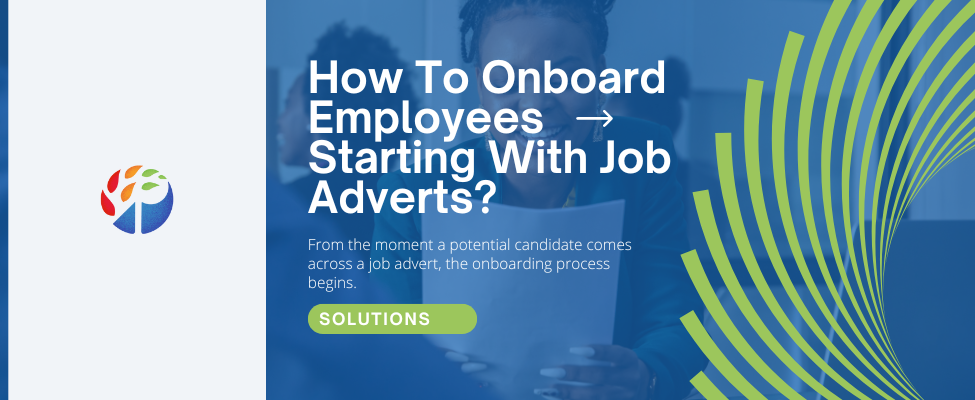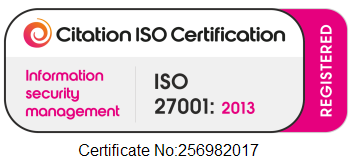How To Onboard Employees Starting With Job Adverts?
Effective employee onboarding is crucial for ensuring new hires feel welcomed, valued, and prepared to contribute to the success of the organisation. From the moment a potential candidate comes across a job advert, the onboarding process begins. It’s not just about getting someone to accept an offer; it’s about setting them up for success, long-term commitment to the company and improving growth.
Why are we talking about this?
According to a study by Remote, a global HR firm, staff turnover rates have increased in the UK over the last 5 years from 25.8% to 35.6%! In particular, our partners from Care Character have reported that the care sector directly has seen their highest turnover rate of 29%.
These statistics alone show that as a nation the UK often has to recruit three times as many people to deal with unexpected losses in our workforce, all whilst trying to attract new people to fill the ever-growing number of vacancies.
International recruitment has gone so far to help support the care sector but with recent changes from the UK Government, this will no longer be and organisations will have to look into better domestic recruitment practices.
Here’s some of the ways poor onboarding practices can affect your workforce:
- High staff turnover resulting in no long-term professional connections.
- Workers may choose to move sectors based on their first experiences.
- Employee satisfaction and engagement will lower leading to increased levels of absenteeism.
- Brand reputation can be damaged making it harder to attract new starters.
- Refer-a-friend offerings can be less effective.
So how do you build the best onboarding process? Let’s start with job adverts…
Company Values: As job seekers start to explore and engage with your vacancies, be sure to showcase your organisation’s values in your job adverts. This shows your potential new employee how your teams operate, what type of working environment to expect and how you support individuals.
Website Links, Reviews & Research: Once you’ve started to attract candidates, they may want to get to know your organisation. So offer them access to your company website, any popular resource links, reviews and service pages that may help them understand more about the role they’ve applied for.
Be Truthful: If you’ve agreed to send your new starter a welcome pack 24 hours before their first day and to expect an introductory team meeting with their head of department and colleagues, then ensure these are followed through. It’s essential your new employee experiences everything you’ve promised them in the job advert. Remember: what your candidates have been told compared to what they truly see and feel can be very different!
Considering all of this, every sector will have its own obstacles and rules, which may require adjustments to your onboarding process to ensure compliance and security. However, by being transparent and meeting your candidates’ expectations, you can develop a strong onboarding process that supports new employees right from the start.
Implementing this approach typically leads to lower staff turnover, decreased absenteeism, improved outcomes, higher service ratings, and significant savings in recruiting costs.
Frequently Asked Onboarding Questions
- How long should the onboarding process last?
The duration of the onboarding process can vary depending on the complexity of the role and the organisation’s specific needs. However, a typical onboarding process may last anywhere from a few days to several months.
- What role does technology play in employee onboarding?
Technology plays a crucial role in streamlining the onboarding process, from job advertising platforms, online application platforms to digital training materials and communication tools. Leveraging technology can enhance efficiency and effectiveness while ensuring a seamless experience for new hires.
- How can organisations measure the success of their onboarding programs?
Organisations can measure the success of their onboarding programs through various metrics, including employee retention rates, time to productivity, and employee satisfaction surveys. Tracking these metrics allows organisations to identify areas for improvement and make data-driven decisions to enhance the onboarding experience.
- What are some common challenges organisations face during the onboarding process?
Common challenges organisations may face during the onboarding process include cultural assimilation, information overload, and lack of clarity regarding roles and expectations. Addressing these challenges requires proactive communication, tailored training programs, and ongoing support for new hires.
- How can small businesses with limited resources improve their onboarding process?
Small businesses can improve their onboarding process by focusing on key areas such as clear communication, personalised training, and fostering a supportive company culture. Leveraging cost-effective solutions such as online training platforms and mentorship programs can help small businesses create an effective onboarding experience for new hires.




Comments are closed